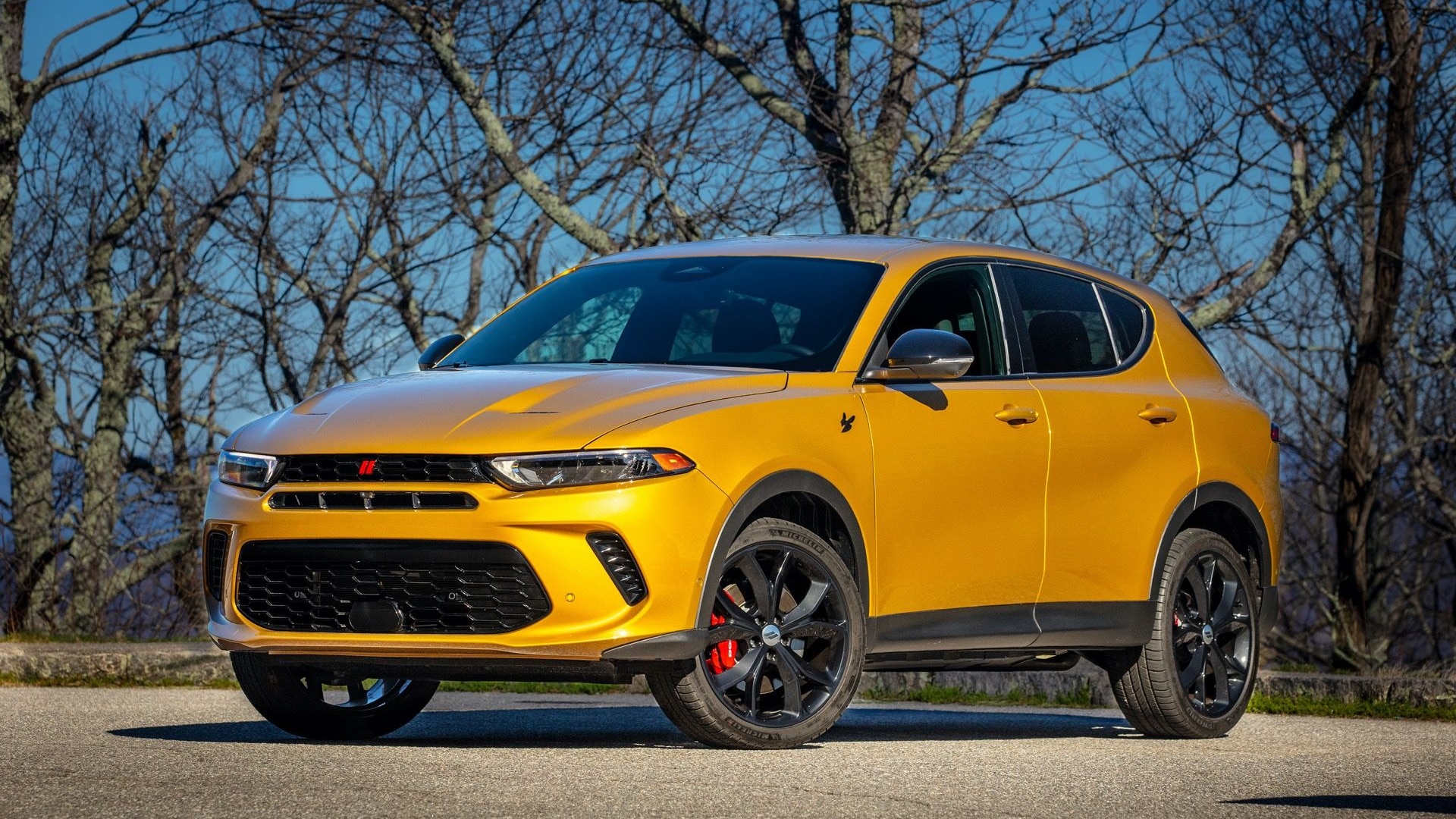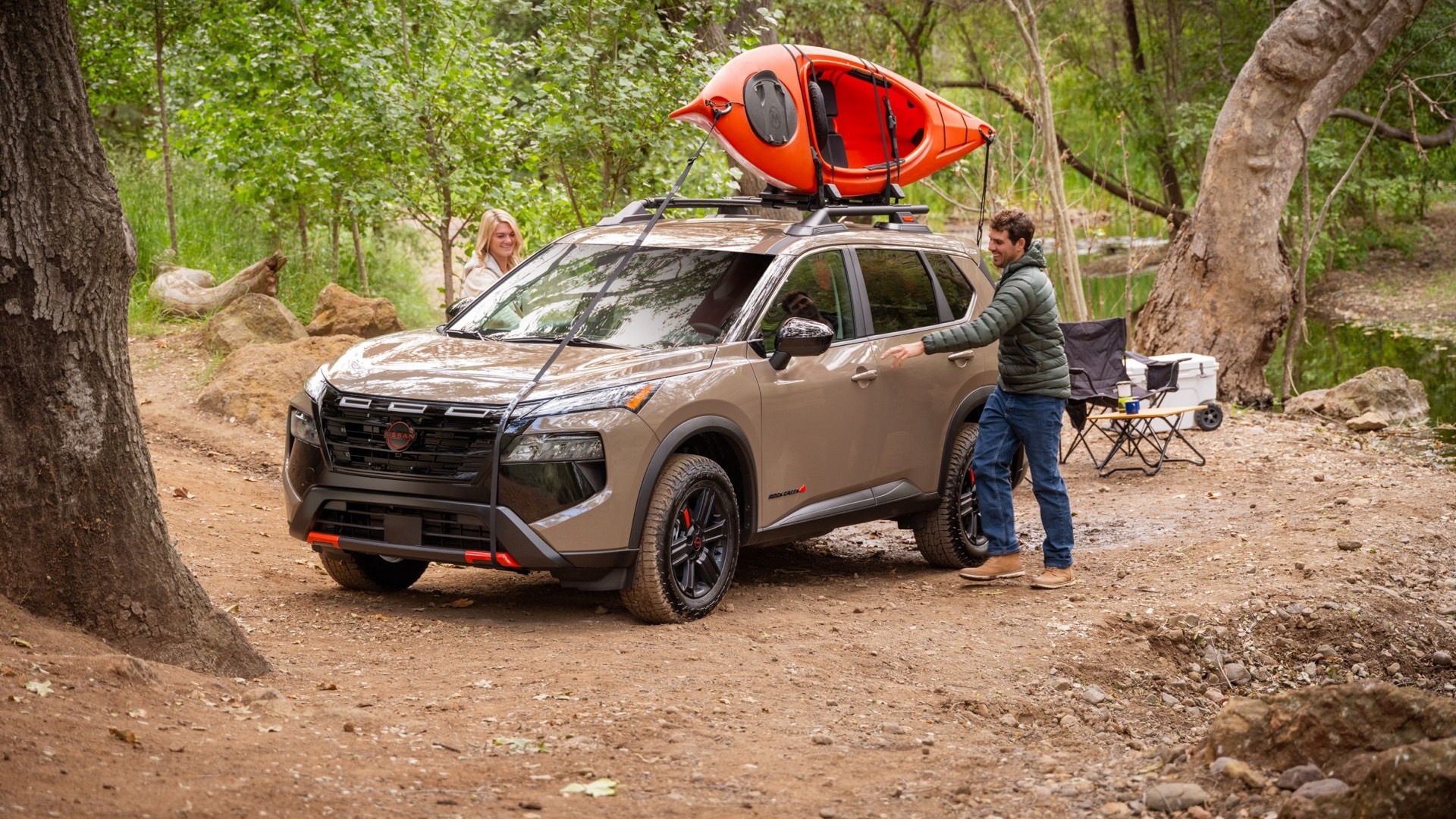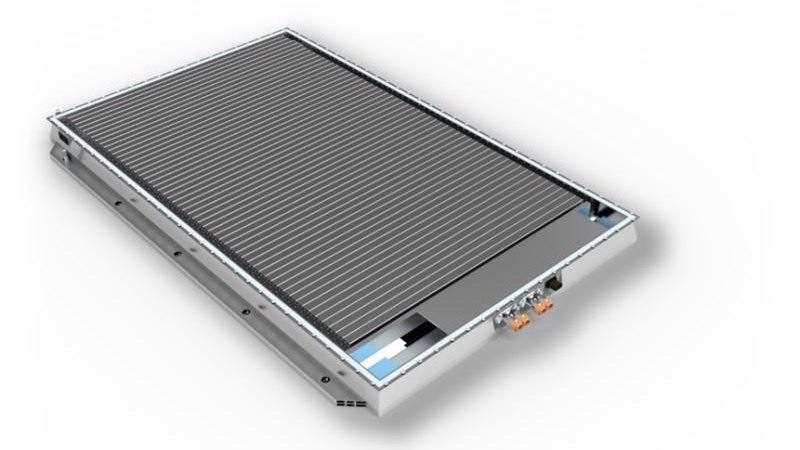In 1994, Toyota executive Takeshi Uchiyamada was tasked with developing a vehicle that reduced emissions and was friendly to the environment. After thousands and thousands of man hours and more than 80 different model samples and designs, Uchiyamada came up with the hybrid Prius.
While Toyota had worked many years on hybrid technology, they had never put it together in one package. The Toyota Prius changed all of that.
Toyota’s hybrid technology is called Hybrid Synergy Drive, and it utilizes a parallel hybrid powertrain. This powertrain is capable of accelerating the vehicle to speeds of up to 15 mph on electric power alone. Once the electric motor reaches a certain speed, the gasoline engine engages. In the earliest versions of hybrid cars, this transition caused many headaches. Smooth was not a word people thought of when thinking of this shift.
The trick was implementing a continuously variable transmission to control power. A CVT creates an infinite number of gear ratios, rather than the fixed set of gears in a conventional transmission. That allows the Prius to team its gasoline engine, batteries and electric motor into a single propulsion system. This CVT allows the electric motor to power the car by itself, the gasoline engine to power the car by itself or both of them work together to power the car. Overall, this design makes for smooth shifts between power sources and a continuously charged system.
In essence, the Prius has an electric motor that is run by battery, a gasoline powered motor that runs the car with gas and charges the batteries, and a 274-volt nickel-metal hydride battery array that provides all the electricity the car needs.













